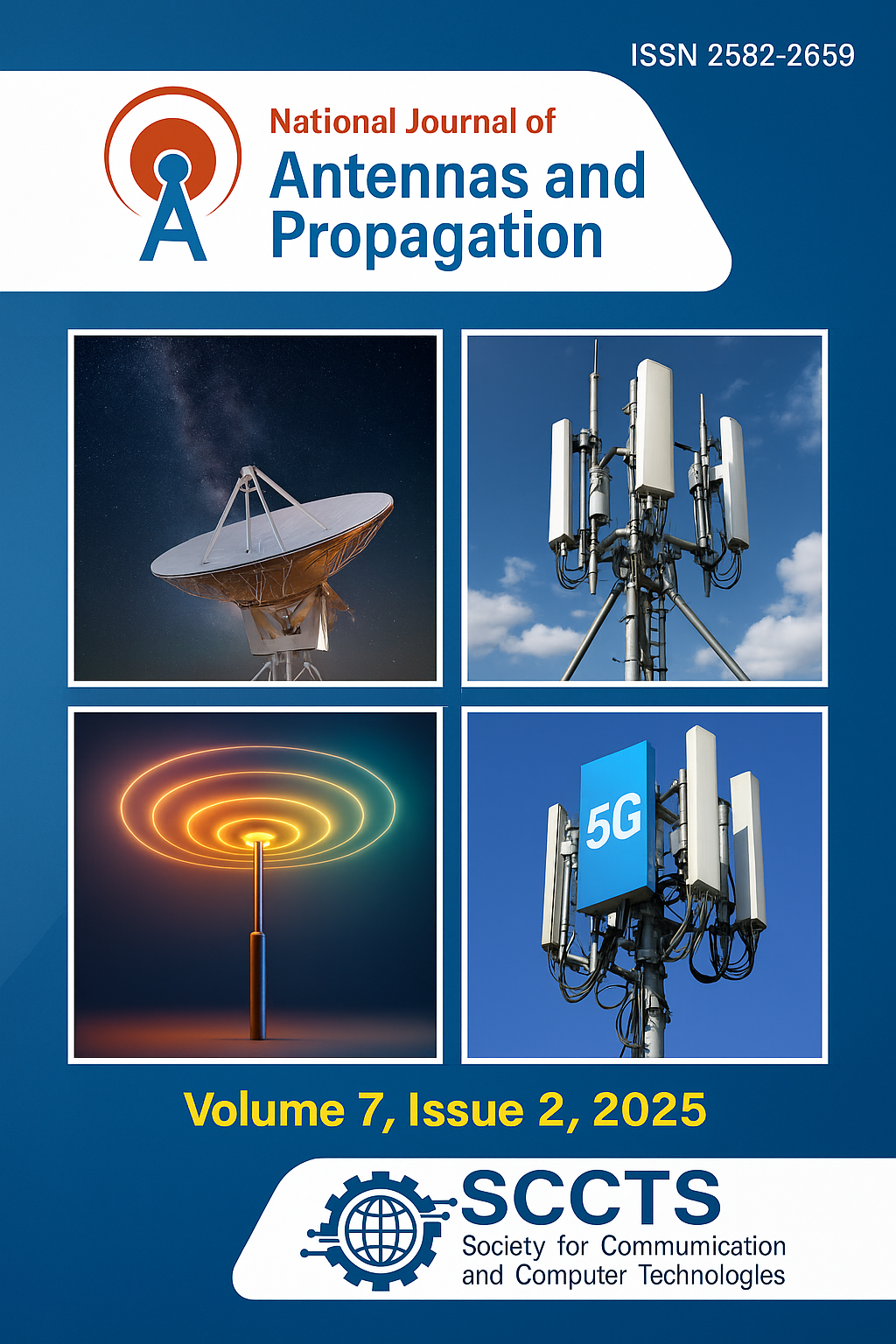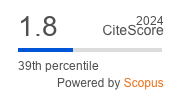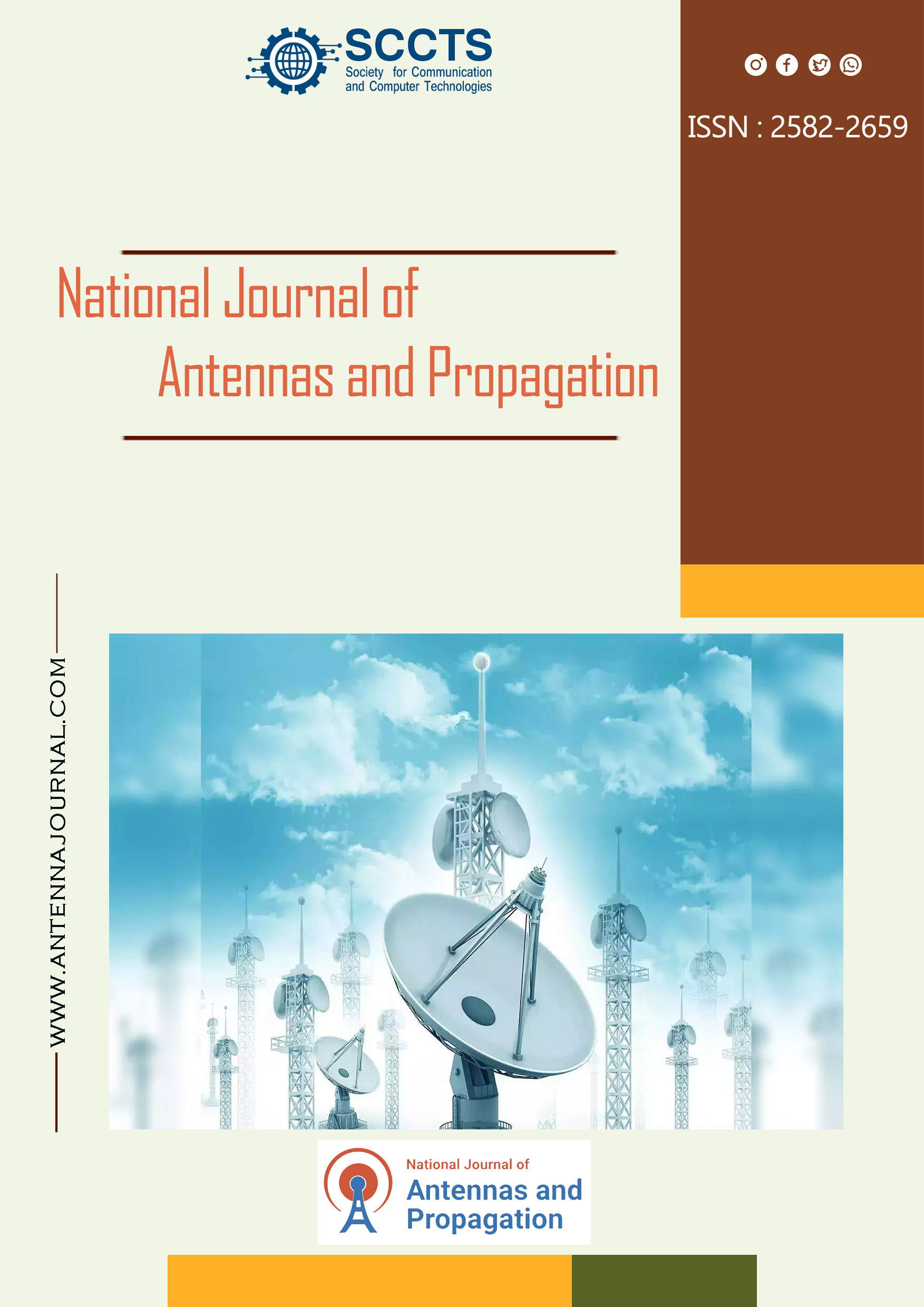Dynamic Beamforming in Smart Antennas for Real-Time Application
DOI:
https://doi.org/10.31838/NJAP/07.02.08Keywords:
Dynamic Beamforming,, Smart Antennas,, Adaptive Beamforming,, Real-Time CommunicationAbstract
Dynamic beamforming in smart antennas plays a very important role in enhancing the performance of wireless communication systems by directing signals toward desired receivers and minimizing interference. This technology ensures efficient spectrum utilization and better quality signals, which is an essential requirement for real-time applications such as 5G networks and IoT devices. The current methods of beamforming have not managed to attain the highest efficiency due to the utilization of static algorithms, hence their inability to adapt fast changes in environmental dynamics. Those approaches may give poor suboptimal performances in scenarios such as environments where the conditions are changing frequently, involving highly interfering signal conditions. For this purpose, adaptive beamforming, which manages antenna weights adaptation with regard to changing dynamics of the channel on time, has been involved. AB makes use of sophisticated algorithms in processing the feedback from the environment so that smart antennas adjust their beam patterns on real-time, optimize their strengths and reduce interference at large. It works very effectively if signal conditions are time-variant. The proposed scheme attempts to ensure efficient real-time delivery of signals despite timevariant interference, as applied to real-time applications in communications. It can be applied to multiple fields, including telecommunications, the autonomous vehicle, and also in the wireless health monitoring systems. The result shown by the proposed method improves the signal-to-noise ratio, data throughput, and system reliability significantly. Realtime simulations have shown that, compared to traditional beam forming techniques, Adaptive Beam forming provides a substantial performance increase and, therefore, opens new opportunities for the next generation wireless communication systems











